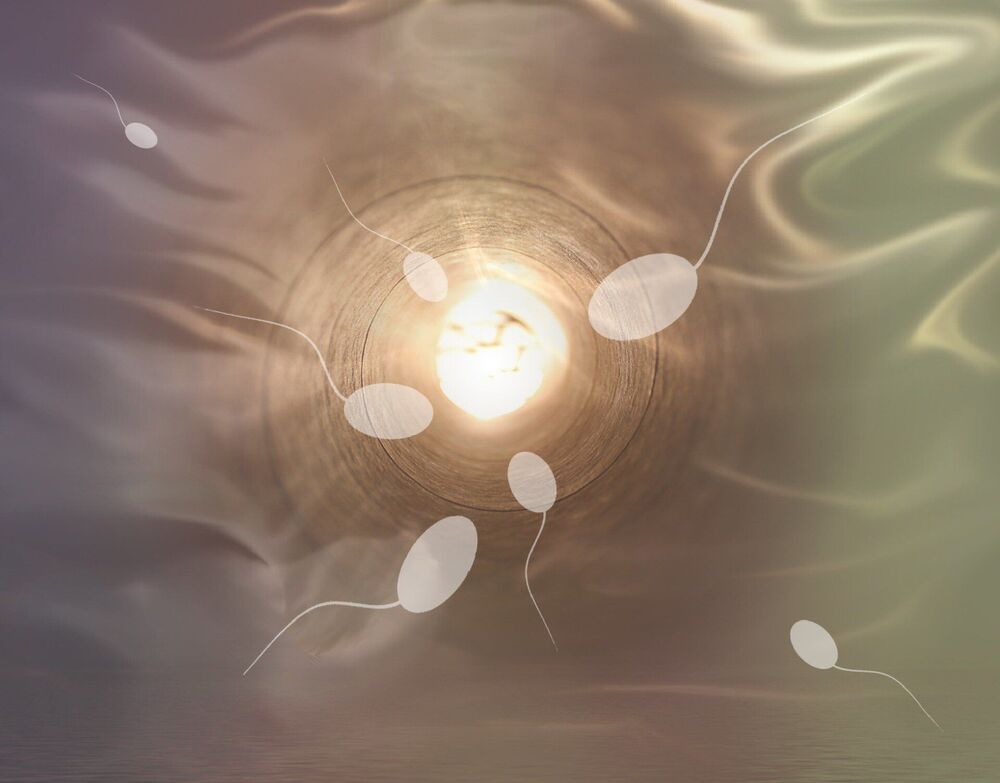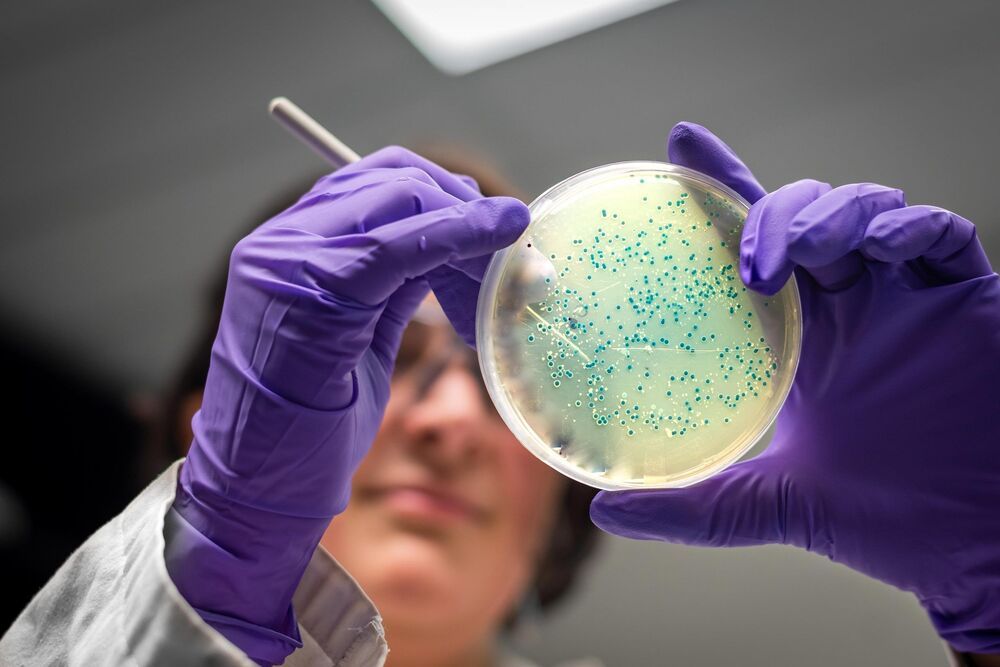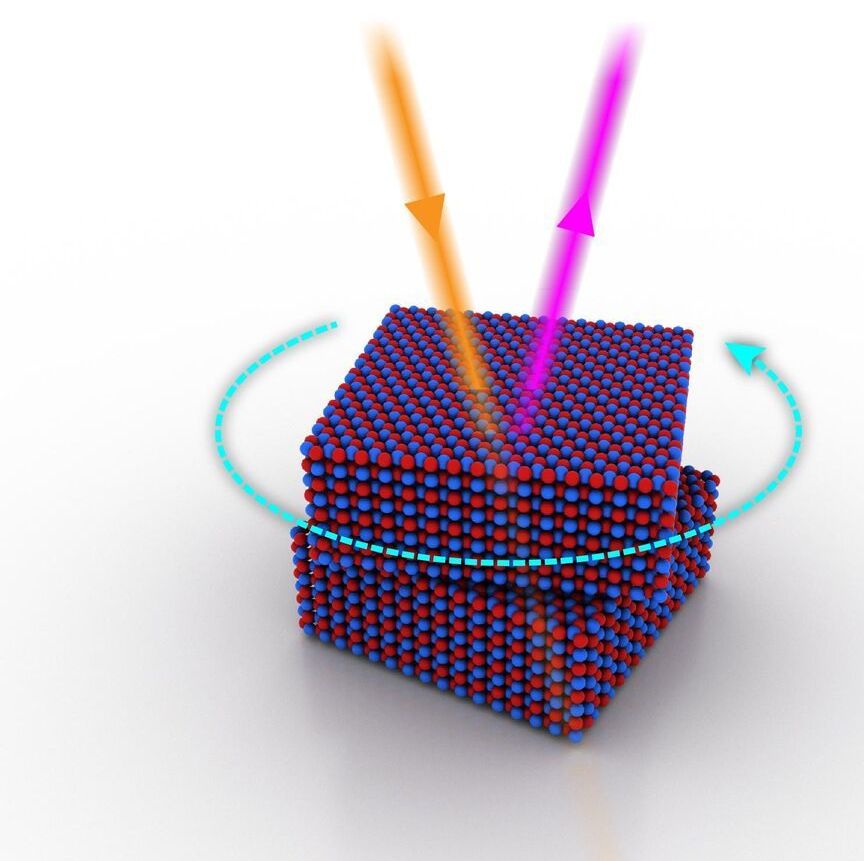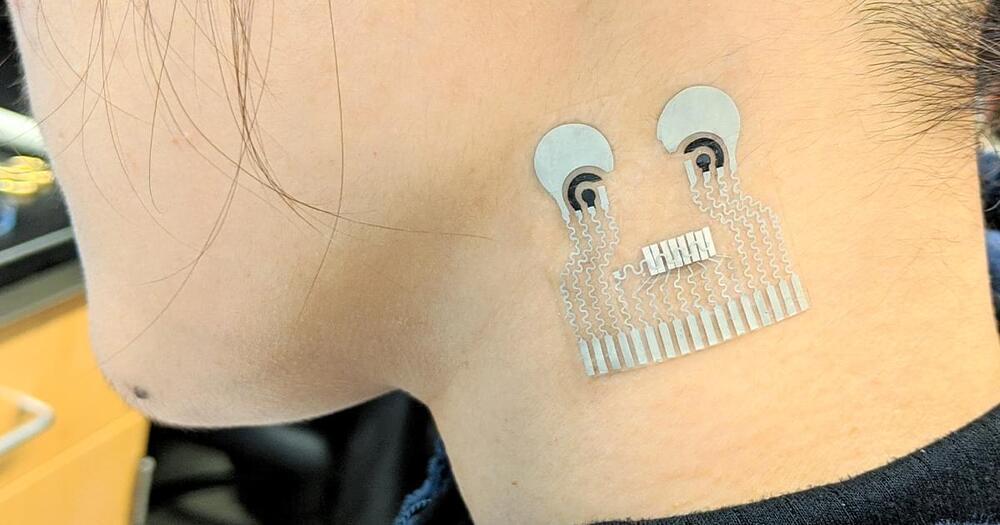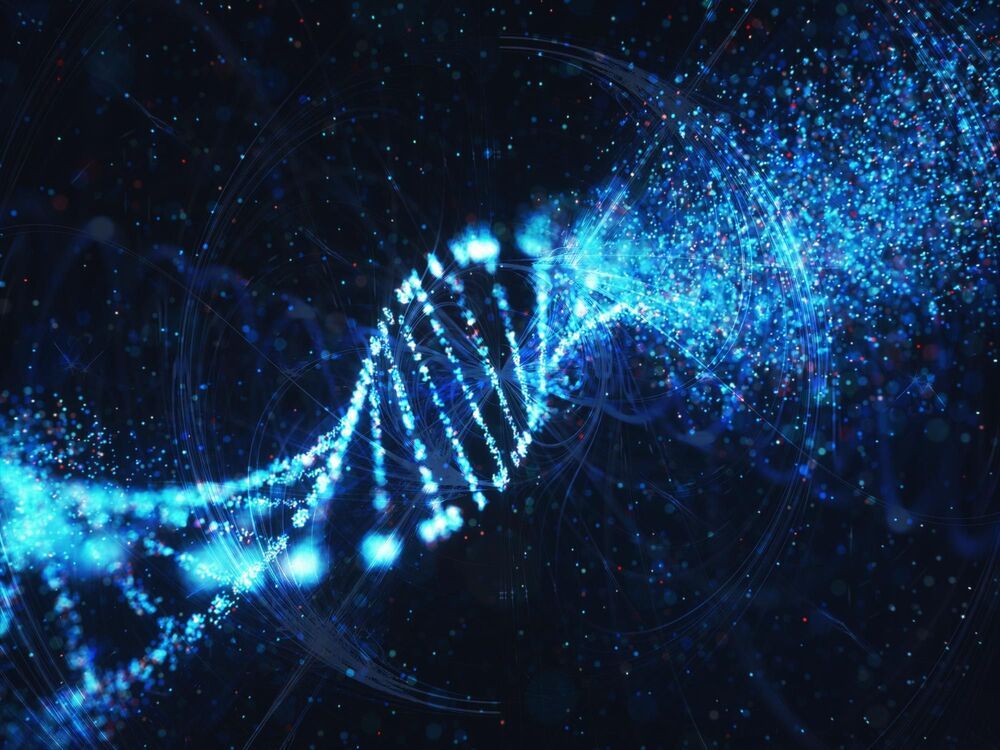It has long been understood that a parent’s DNA is the principal determinant of health and disease in offspring. Yet inheritance via DNA is only part of the story; a father’s lifestyle such as diet, being overweight and stress levels have been linked to health consequences for his offspring. This occurs through the epigenome—heritable biochemical marks associated with the DNA and proteins that bind it. But how the information is transmitted at fertilization along with the exact mechanisms and molecules in sperm that are involved in this process has been unclear until now.
A new study from McGill, published recently in Developmental Cell, has made a significant advance in the field by identifying how environmental information is transmitted by non-DNA molecules in the sperm. It is a discovery that advances scientific understanding of the heredity of paternal life experiences and potentially opens new avenues for studying disease transmission and prevention.
